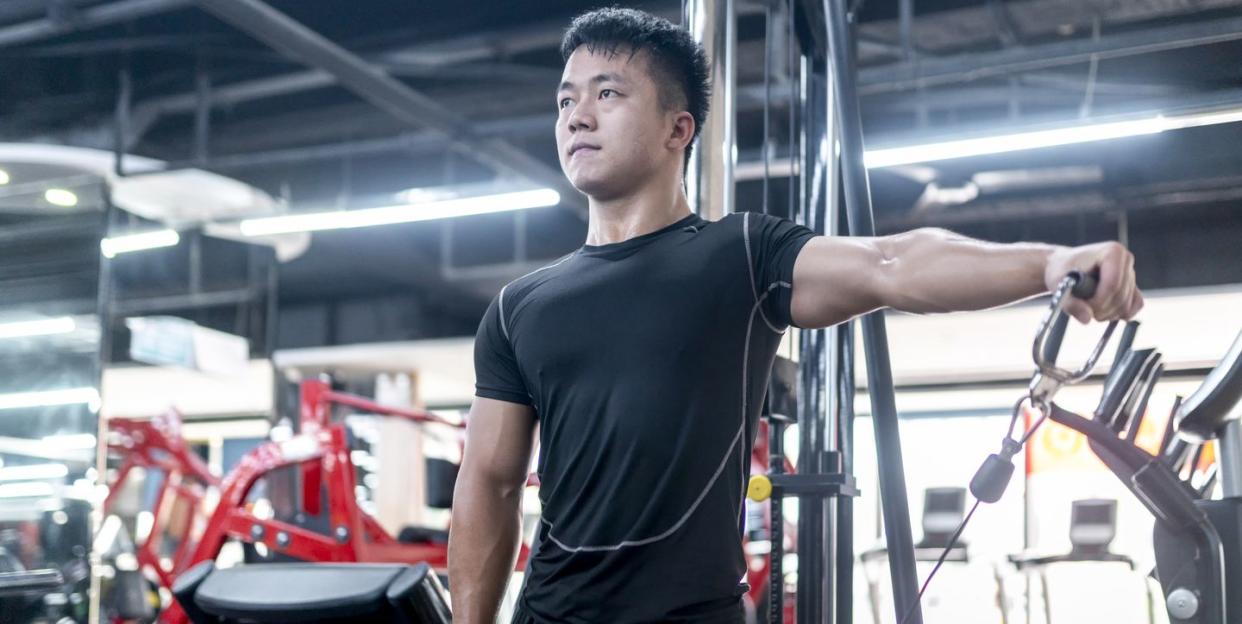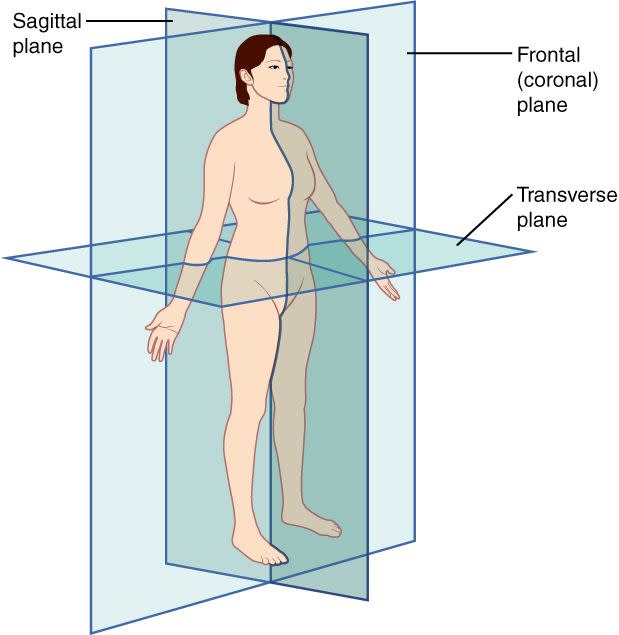Why Your Workouts Shouldn't Only Move in 1 Way

This is Your Quick Training Tip, a chance to learn how to work smarter in just a few moments so you can get right to your workout.
At the most basic level, making gains is simple: Challenge every muscle group in your training, perform a variety of exercises for each body part, and include enough recovery time between workouts to optimize training adaptations (e.g., muscle growth, power development, etc.). But there’s at least one area in which most guys’ workouts fall short: They take place largely in one plane of motion.
That plane is the sagittal plane, which divides the body into left and right halves and encompasses exercises that involve forward-and-backward movement. If your exercise arsenal is filled largely with moves such as the back squat, chinup, biceps curl, lunge, deadlift, and bent-over row, the sagittal plane is your comfort zone.

The problem with being so sagittal that you ignore the other two planes: frontal and transverse. The frontal plane divides the body into front and back halves and involves side-to-side movements. The transverse plane cuts the body into top and bottom halves and involves rotational movements. And if you want to build real world, three-dimensional strength, you need to stop neglecting these planes in your workouts.
Your move: Take a look at the exercises you do for each muscle group (chest, shoulders, biceps, triceps, quads, hams, etc.). If you notice that most of them have you moving in the same direction, start making swaps. If your chest exercises are comprised mostly of up-and-down pressing movements like the bench press and classic push-up, rotate in the chest fly and suspended pushup, for example. You might also trade the forward lunge for the side lunge, the standard crunch for the bicycle crunch or hanging oblique knee raise, and the front shoulder raise for the lateral shoulder raise. The possibilities are nearly endless.
The key is to get your body moving in all three planes so that you work your muscles from all angles. In so doing, you’ll build the kind of functional strength that not only boosts performance in the gym, but also helps you move more powerfully in everyday life.
You Might Also Like

